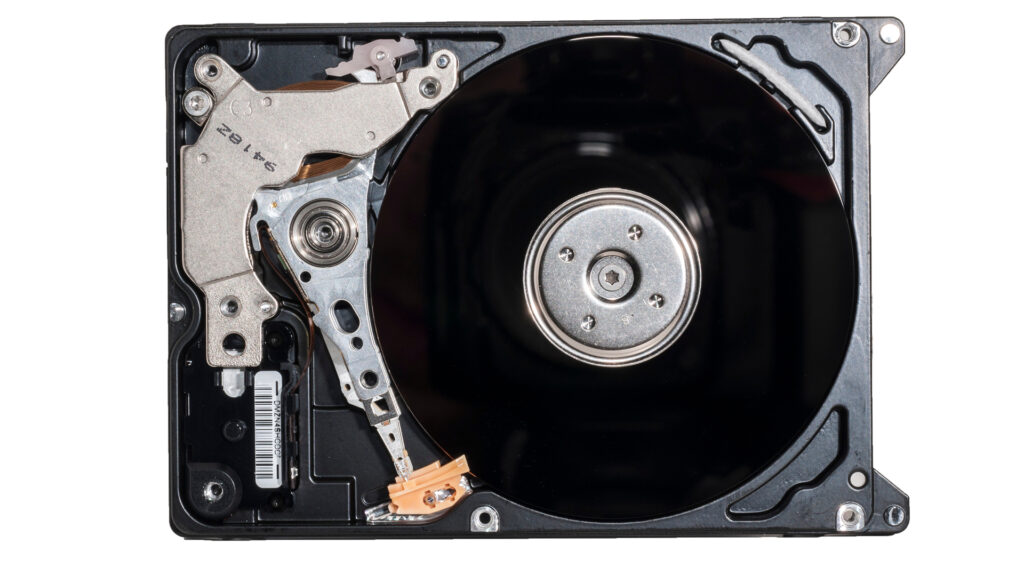
4 ways of storing video recordings from surveillance cameras
4 ways of storing video recordings from surveillance cameras
The variety of the modern video surveillance market allows the user to choose different ways of storing video recordings received from video surveillance cameras. At the same time, only one thing can be called the most optimal storage in 2020 – the cloud. How so? Read below.
Technical capabilities for storing video archives
All, without exception, video surveillance systems have one common characteristic – video archive. Today, in the professional video monitoring market, there are 4 ways of storing video recordings:
- on a memory card;
- on a USB flash drive;
- on a hard drive;
- in the cloud.
Let’s take a closer look at all methods of storing data.
Memory card
A memory card, as a compact storage device, is used to record the archive from IP cameras. In this case, the card itself is located in the camera body.
Storing video recordings from cameras to the memory card is carried out according to the limited memory size, as well as the video stream rate.
Also, a significant drawback is the unreliability of data storage, namely, the high risks of losing the archive (for example, due to a broken card), theft and deliberate erasure of information.
USB flash drive
USB flash drives have similar functions and characteristics. They differ from a standard memory card only in the type of connector. That is, if the memory card is inside the camera itself, then the flash drive is connected to the equipment separately, using a special connector (USB) and is located outside the camera body.
Hard disk
Analog video monitoring systems require a separate additional device for recording and storing data – a recorder for surveillance cameras. And in the event that IP cameras are used, then they can be connected directly to the computer.
When choosing a hard drive for video surveillance, you need to start from the maximum video recording duration and settings for the best image quality. The situation is, as a rule, complicated by the fact that few users are able to predict the quantitative indicators of their future video surveillance system, as well as its configuration. Therefore, the owners of the hard disk constantly have a question about saving space on disks and safety of information (according to the law, the owner of a disk, flash drive, memory card or server bears criminal and administrative liability for storing a video archive).
Cloud space
As the leading technology of the XXI century, cloud storage has a number of undeniable advantages:
- ease of customization;
- maximum level of data protection, since the cloud cannot be physically damaged, and theft, damage or deliberate destruction of recordings are excluded;
- lack of liability of the owner of the monitoring system for the safety of recordings under the laws of the Russian Federation;
- automatic updates;
- no need to purchase additional expensive equipment;
- multifunctionality of use (online broadcasts, recordings, maintaining archives according to the specified parameters);
- unlimited memory;
- any storage period for video recordings from cameras, taking into account the selected tariff plan. Archive storage is possible free of charge.
Cloud video surveillance requires a stable Internet connection, as well as regular payment for the storage tariff.
To explore cloud storage even deeper, you can use our articles “Cloud storage for video surveillance” and “Cloud video surveillance: 5 steps of building a system from scratch.”
Faceter cloud service
Let’s take a look at one of the very best examples of cloud storage. We’re talking about the accessible Faceter cloud service, which is also an intelligent system. It is capable not only of recording events and storing data in the cloud, but also analyzes the situation in real time. Depending on the settings, you can select the following functions for home use and for business purposes.
For home:
- protection of material values;
- control over the behavior of household members;
- monitoring the behavior of pets, recording videos for social networks;
- baby monitor function;
- monitoring the behavior of nannies, cleaners, construction workers and other service workers.
For business:
- protection of facilities, material values and ensuring the safety of employees;
- overseeing staff performance, compliance with regulations and safety practices, motivating workers.
- control of work time (per minute);
- conducting extensive intelligent analytics based on the latest Computer Vision technology (face, emotion and word recognition, list management, smart notifications).
Conclusion
From the above, we can conclude that the future of the video surveillance market lies exclusively with cloud services. This is objectively due to: unlimited memory, ease of use, no need for additional spendings, round-the-clock remote access and the maximum degree of storage reliability.














